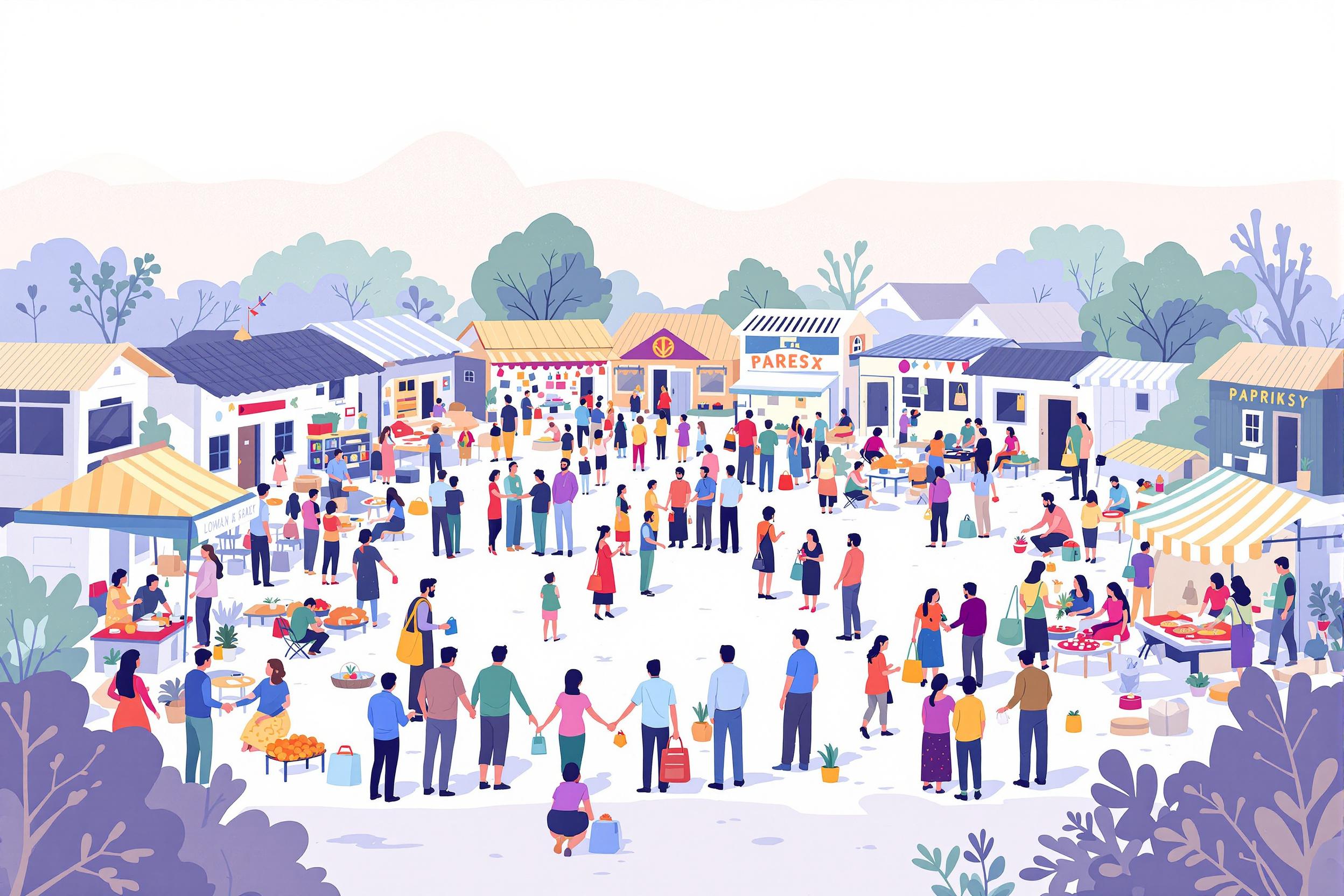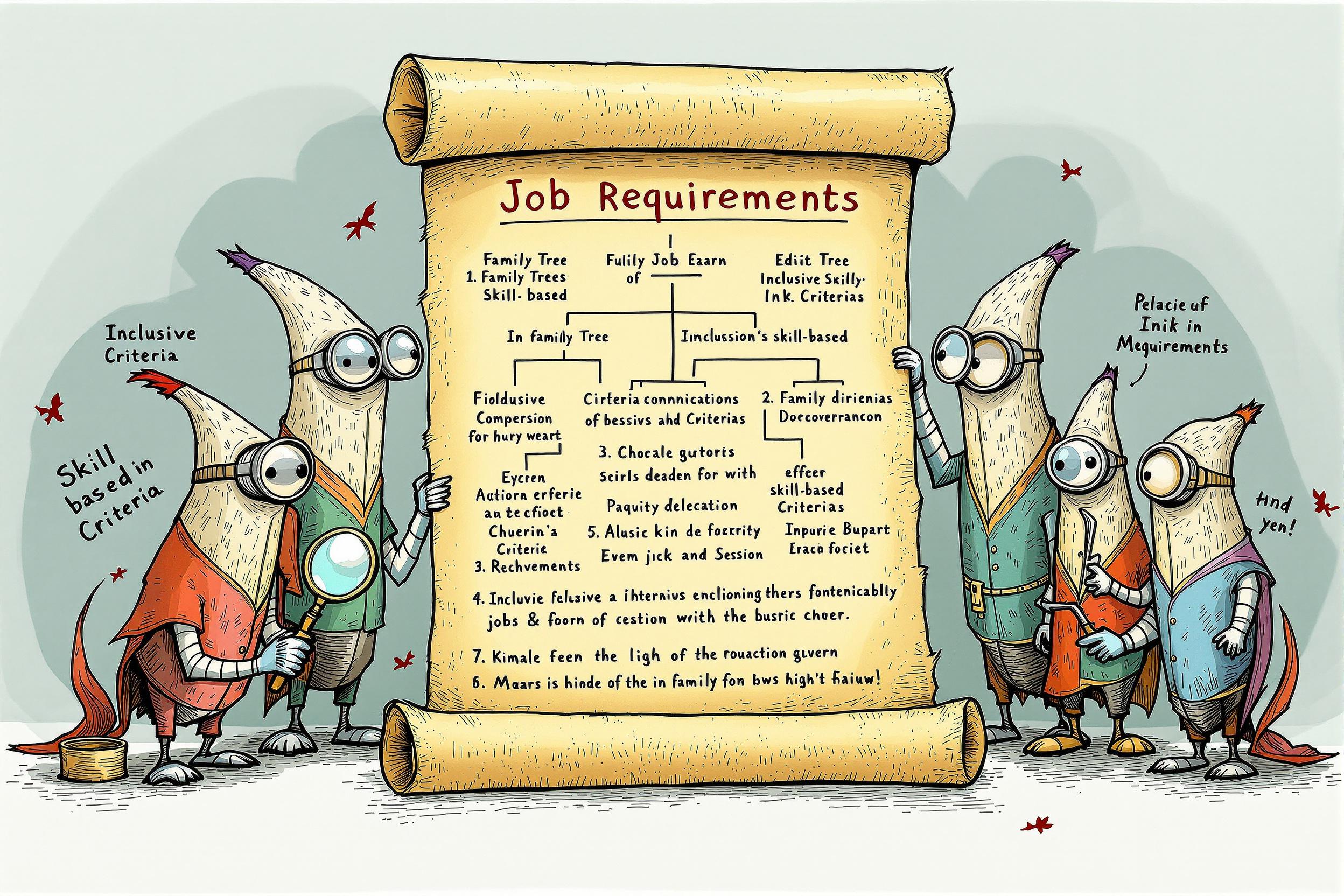
Wildcrafting
Wildcrafting is the practice of gathering herbs, plants, and other natural materials from their natural environment for medicinal, cosmetic, or culinary use. It's like foraging but with a professional approach focused on sustainable harvesting and proper plant identification. When this term appears on a resume, it indicates that the person has hands-on experience in identifying, collecting, and processing wild plants while following ethical harvesting guidelines. This skill is valuable in herbal products companies, natural medicine practices, and botanical businesses. Similar terms include "ethical foraging" or "wild harvesting."
Examples in Resumes
Led monthly Wildcrafting expeditions to sustainably harvest seasonal medicinal plants
Developed Wildcrafting guidelines ensuring sustainable harvest practices for company's raw materials
Trained team members in proper Wildcrafting and Wild Harvesting techniques for medicinal herbs
Typical job title: "Wildcrafters"
Also try searching for:
Where to Find Wildcrafters
Professional Organizations
Online Communities
Job Resources
Example Interview Questions
Senior Level Questions
Q: How do you develop sustainable harvesting guidelines for a team?
Expected Answer: A senior wildcrafter should explain their process for assessing plant populations, creating harvest rotation schedules, training others in identification, and implementing documentation systems for tracking harvests.
Q: What factors do you consider when planning large-scale wildcrafting operations?
Expected Answer: Should discuss seasonal timing, weather patterns, land permissions, team coordination, proper equipment, storage considerations, and sustainable harvesting limits.
Mid Level Questions
Q: How do you ensure proper plant identification and safety in the field?
Expected Answer: Should describe using multiple identification features, carrying field guides, knowing look-alike species, and following safety protocols for toxic plants.
Q: What documentation do you maintain during wildcrafting?
Expected Answer: Should mention recording harvest locations, dates, quantities, plant conditions, and maintaining harvest logs for sustainability and quality control.
Junior Level Questions
Q: What are the basic tools needed for wildcrafting?
Expected Answer: Should list essential tools like pruners, harvest bags, field guides, gloves, and explain their proper use and care.
Q: How do you determine if a plant is safe to harvest?
Expected Answer: Should explain checking plant health, population size, proper identification, and understanding basic harvesting ethics.
Experience Level Indicators
Junior (0-2 years)
- Basic plant identification
- Understanding of sustainable harvesting principles
- Knowledge of common medicinal plants
- Basic field safety practices
Mid (2-5 years)
- Advanced plant identification
- Harvest planning and documentation
- Processing and storage techniques
- Training others in basic wildcrafting
Senior (5+ years)
- Program development and management
- Advanced sustainable practices
- Team leadership and training
- Quality control systems implementation
Red Flags to Watch For
- Unable to identify common medicinal plants
- No knowledge of sustainable harvesting practices
- Lack of understanding about plant conservation
- No experience with proper documentation methods
- Unfamiliarity with safety protocols
Related Terms
Need more hiring wisdom? Check these out...

Unlocking Talent Offline: Innovative Strategies for Recruiting in Low-Internet Areas

Sourcing Strategies That Actually Work: A Modern Recruiter's Guide

Refining Job Descriptions to Expand Applicant Pools: Casting a Wider Talent Net

